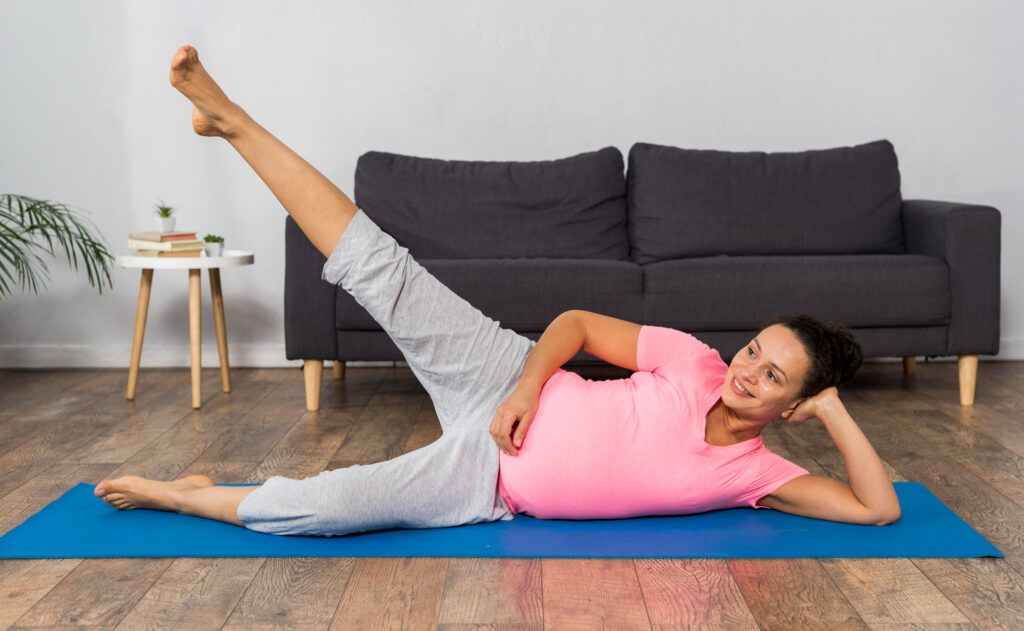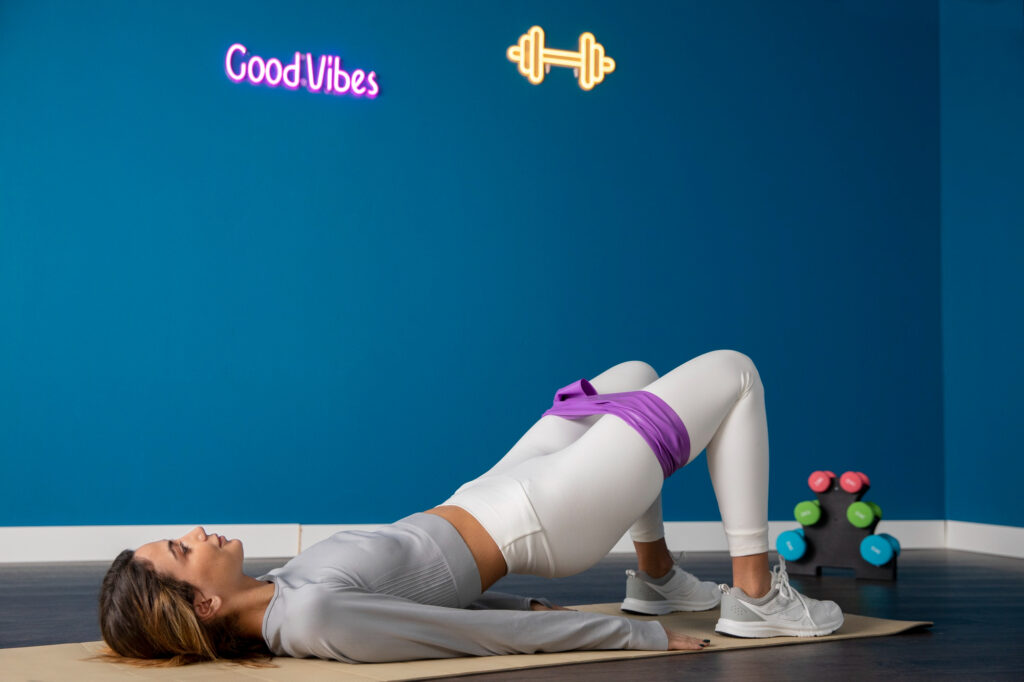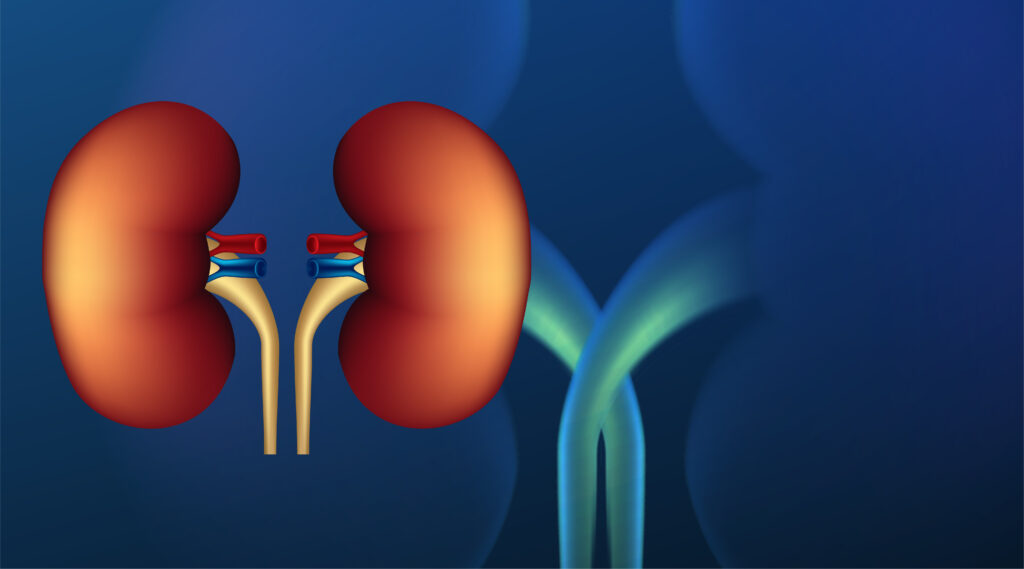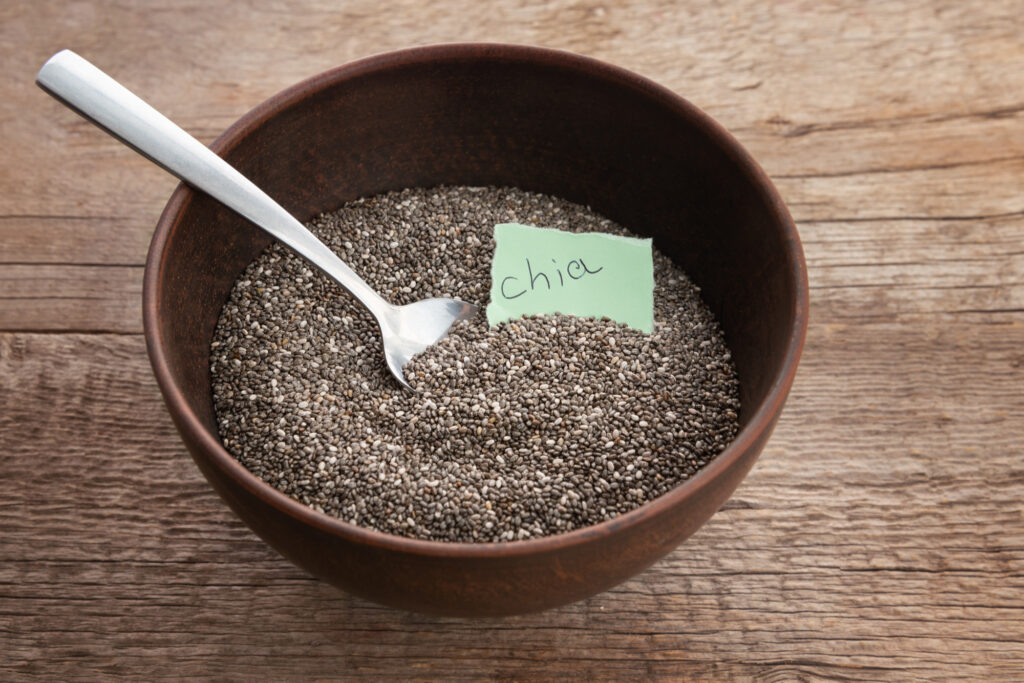Are you tired of unpredictable periods, stubborn weight gain and mood swings that seem to take over your life? This may be PCOD. PCOD is quite common among Indian women, affecting one in five.
Signs and symptoms will vex both body and mind. While medications and diet modifications are helpful, the other tool that is often neglected is exercise. In fact, the proper workouts can become your best natural remedy.
This article explores how exercise can help alleviate PCOS symptoms and outlines the seven best exercises for PCOS relief, including home workouts and yoga-based movements.
What is PCOD?

PCOD is an abnormality of the hormonal imbalance that takes place within the ovaries, wherein excess immature eggs are secreted; over time, these develop into cysts. This condition disrupts the normal hormonal balance by increasing the level of androgen (a male hormone); consequently, disorders of normal menstrual functions and processes occur.
Common Symptoms of PCOD Include:
- Irregular periods or missed periods
- Acne and oily skin
- Weight gain, mostly abdominal weight gain
- Excessive hair growth (hirsutism)
- Thinning of hair
- Tiredness
- Mood swings and depressive symptoms
PCOD is not fatal, but its effects from a long-term health and fertility point of view require proper lifestyle management.
How Does PCOD Affect Your Health?
PCOS is not just about a reproductive disorder, but it can damage any system of the body if not managed properly:
Insulin Resistance and Diabetes
The increased androgen concentration can occur due to increased insulin, making the obesity and irregularity of periods worse.
Cardiovascular Disease
This increases the risk for high blood pressure, high cholesterol, and any heart disease caused by the overall metabolic aberration with PCOD in females.
Fertility Issues
Chronic anovulatory cycles will lessen the chances of conception.
Mental Health Problems
Managing symptoms, body image, and hormonal changes can be stressful, causing anxiety and depression.
Why Exercise is Crucial for PCOD Management?
It’s not only about burning calories-sometimes exercise acts as a hormonal balancer, mood enhancer, and increases metabolism within the body.
Key Benefits of PCOD Exercise:
- Increased insulin sensitivity
- Reduced androgen levels
- Weight loss
- Improved ovulation and regularity of menstruation
- Decreased stress and cortisol levels
- Improved overall cardiovascular and mental health
According to experts from Medicover Hospitals and Plantigo, regular workouts can significantly reduce PCOD severity and improve quality of life—especially when combined with dietary and lifestyle changes.
Exercises That You Can Do for PCOD Relief
Here are seven proven exercises for thrashing PCOD nerves, like easy home workouts and yoga poses, that help boost hormonal and reproductive health.
Walking & Jogging
How Does It Work?
Walking and jogging come under low-impact cardiovascular exercises by increasing the sensitivity of insulin in the body and burning calories without the stress on your body.
Benefits:
- Increases metabolism
- Improves heart health
- Lose belly fat
- Boosts mood and decreases anxiety
How To Begin?
- Start with 30-min of brisk walking or light jogging 5 days a week.
- Keep track of your fitness tracker on your steps.
- If outdoors is not possible, walk indoors or use a treadmill.
Strength Training – Build Muscle, Burn Fat
How Does It Work?
Strength training means exercises that combine resistance-based movement with increasing the amount of lean muscle tissue and the rest metabolism rate. For PCOD, this is vital, as resistance to insulin is combated.
Benefits
- Tone muscles, burn fat
- Improve hormone balance
- Metabolism and energy improvement
Exercises to try at home:
- Squats
- Lunges
- Push-ups
- Plank
- Resistance band exercises
Schedule: 3 times per week, different muscle groups.
Yoga – Gentle and Effective Healing
How Does It Work?
This is the way by incorporating postures or asanas, pranayama, and awareness into the health benefits of yoga that finally suppresses the stress hormones (for example, cortisol), has an ovarian stimulation function, and promotes general well-being.
Benefits
- Regulation of cycles
- Reduces pelvic inflammation
- Emotional stability
- Gives flexibility and good posture
Best PCOD Exercise Yoga Poses:
- Butterfly Pose (Baddha Konasana)
It opens up the hips and promotes better blood flow to the pelvic organs.
- Cobra Pose (Bhujangasana)
Tones and strengthens the spine and promotes healthy functioning of the reproductive organs lining the pelvic cavity.
- Bow Pose (Dhanurasana)
This pose tones the lower tummy and pelvic muscles.
- Child’s Pose (Balasana)
This posture provides stress relief and settles the mind into rest.
- Surya Namaskar
A complete flow that improves circulation and metabolism.
Practice: 30 minutes a day, best at least 4 times a week.
HIIT (High-Intensity Interval Training) – Short and Impactful
How Does It Work?
Short bursts of every exercise are carried out with intensity and a little span of rest in between. HIIT burns fat so much more than the other methods within a shorter time period than the others and aids in a better level of insulin sensitivity.
Advantages:
- Rapid Fat Loss
- Enhances heart and lung capacity
- Helps in hormone balance
- Great for the busy beehives
Beginner HIIT Routine At Home:
- 30 sec jumping jacks
- 30-sec mountain climbers
- 30-sec squats
- 30-sec rest
- Repeat for 3-5 rounds.
Caution: Go slow. Don’t overdo it. Build stamina gradually.
Pelvic Floor Exercises – Support from Within
How Does It Work?
Pelvic floor exercises are exercises that enable the strengthening of the muscles surrounding the uterus, bladder, and bowels. These exercises helps in improving blood circulation in the pelvic area and also reduce symptoms like cramps and irregularity in cycles.
Benefits:
- Improves functions of organs related to reproduction
- Strengthens the core and lower abdomen
- Reduces menstrual pain
Exercises Include:
- Kegels: 10-15 times for each set, contraction and relaxation of the pelvic muscles
- Bridge Pose: Lie on the back, bend knees, lift your hips and engage your core
Schedule: 2-3 sets each day.
Dance Workouts – Burn Calories with Joy
How Does It Work?
Dance like Zumba or aerobic dance is a form of exercise that combines cardio and body toning, and it’s good for those who feel that ordinary workout is boring and tedious to do.
Benefits:
- Improved heart health
- Weight reduction
- Better Coordination and Mood
- Sero/dopamine boost
How to Begin:
- YouTube dance routine videos
- 30-minute playlist and do freestyle dancing behind closed doors
- Virtual Dance Class or In-person Class
Stretching and Deep Breathing – Recovery & Hormonal Calm
How Does It Work?
Stretching improves flexibility, decreases muscle tension, increases blood flow, and, when associated with deep breathing, reduces cortisol levels that also assist in attaining hormonal homeostasis.
Benefits:
- Improvements in posture and recovery
- Calmness of the nervous system
- Better sleep and digestion
- Stress hormones subdued
Daily Stretch and Breath Routine:
- Cat-Cow Stretch: Warm-up for the spine
- Forward Fold: Lengthens tightness in the hamstrings
- Diaphragmatic Breathing: Inhale through the nose, inflate belly, exhale out mouth slowly
Best done in the morning or before bed.
Additional Tips for Better PCOD Management
Add some exercise to your life, but that is not all of it. Here are some other tips to add up to how you can improve it:
- Eating PCOD-friendly food
You can consider eating low-GI fruits, whole grains, and plant-based proteins.
- Avoid processed sugar and dairy
It can trigger inflammation and hormonal imbalance.
- Drink sufficient water
Maintain at least 2-3 litres of water a day.
- Sleep well
Hugging for 7-9 hours helps in curing hormones.
- Track your cycle
This helps you identify patterns or improvements.
Consistency is key, such that even the little daily efforts can add up to powerful long-term changes.
Conclusion
Despite the overwhelming feeling of PCOD, enter a healthy habit and an exercise regime into your life and control the symptoms. Whether it’s an exercise directly related to PCOD at home or yoga for a calming effect, this list of 7 workouts can be your friend. Using them, you can achieve hormonal harmony and improved overall health. Just start where you are, step by step, one stretch, one breath at a time, and let your body find its natural rhythm again.
FAQs
What is the best exercise for PCOD?
There isn’t a particular “best” exercise. Rather, combining cardio (such as walking), strength training, and yoga has been shown to yield the best results in managing PCOS.
Can I do PCOD exercise at home without equipment?
Yes! Many effective PCOD exercises, such as yoga or bodyweight workouts, or HIIT, can be done at home with little to no equipment.
Is yoga enough to manage PCOD?
While yoga is great for balancing hormones and reducing stress, incorporating cardio and strength training as a supplement can yield even better results.
How many days a week should I exercise for PCOD relief?
One should exercise at least 4-5 days a week, varying the exercises to target the entire body while also boosting metabolism.
Are there any exercises to avoid with PCOD?
Avoid overtraining and working at high intensity without sufficient rest. Excess stress on the body can aggravate hormonal imbalances.



